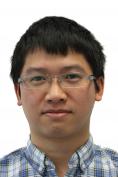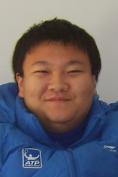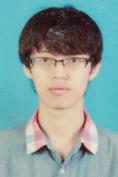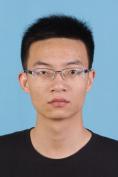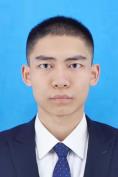Single photons get attenuated exponentially when transmitted through a quantum channel such as fibers. Secure quantum communication becomes impossible when the single photon signal is comparable with detector dark counts, which limits the longest distance to about 400 kilometers. The quantum repeater protocol was proposed to tackle this problem. By separating a long channel into small sections, creating entanglement in each section, connecting sections through entanglement swapping, improve entanglement fidelity via purification, entanglement can be built much more efficiently over long distance. The experimental realization of quantum repeater relies on high-performance quantum memories. Many physical systems, such cold atomic ensembles, hot atomic vapors, rare-earth metal doped crystals, single ions, single neutral atoms, NV centers, quantum dots etc., have been studied to for the purpose of quantum memory. The ensemble-based systems have the advantage of efficient interaction with single photons due to collective enhancement. With laser-cooled atoms, atom motions can be reduced and confined, thus makes long-term storage easier. Currently we are mainly performing experimental research with cold atomic ensembles. We improve the memory performance, particularly in terms of lifetime, retrieval efficiency, entanglement generation probability, telecom interface etc. We are also interested in integrating these key capabilities into a single setup and performing quantum repeater and quantum network with multiple nodes. We hope to tackle some key obstacles which limit the scaling of quantum repeater systems, and make quantum repeater change from principle to reality.
Related Publications
- Entanglement of three quantum memories via interference of three single photons. Nature Photonics 13, 210-213 (2019).
- Semideterministic Entanglement between a Single Photon and an Atomic Ensemble. Physical Review Letters 123, 140504 (2019).
- Experimental Time-Resolved Interference with Multiple Photons of Different Colors. Physical Review Letters 121, 080501 (2018).
- An efficient quantum light–matter interface with sub-second lifetime. Nature Photonics 10, 381-384 (2016).
- Demonstration of interferometric atom-pattern engineering via Rabi oscillations. Physical Review A 93, 033837 (2016).
- Dynamical zeroing of spin-wave momentum to suppress motional dephasing in an atomic-ensemble quantum memory. Physical Review A 93, 063819 (2016).
- Hong-Ou-Mandel Interference between Two Deterministic Collective Excitations in an Atomic Ensemble. Physical Review Letters 117, 180501 (2016).
- Highly Retrievable Spin-Wave–Photon Entanglement Source. Physical Review Letters 114, 210501 (2015).
- Modulation of single-photon-level wave packets with two-component electromagnetically induced transparency. Physical Review A 91, 053805 (2015).
- Operating Spin Echo in the Quantum Regime for an Atomic-Ensemble Quantum Memory. Physical Review Letters 115, 133002 (2015).

